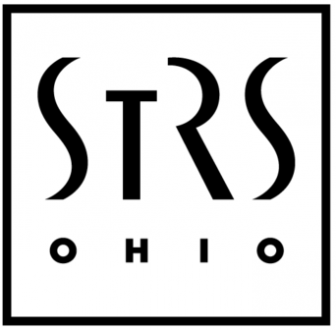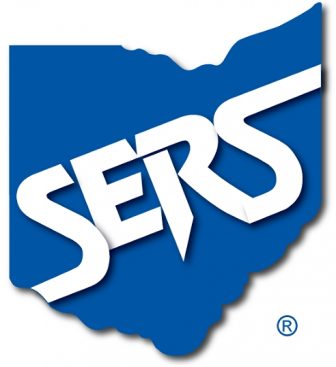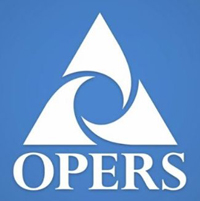STRS Investment Returns Slightly Below Assumed Rate
 STRS posted an investment return of 7.13% for fiscal year 2019 which ended on June 30, 2019.
STRS posted an investment return of 7.13% for fiscal year 2019 which ended on June 30, 2019.
This rate of return fell slightly below both the actuarial assumed rate (7.45%) and the total investment benchmark return of 7.30%.
The FY 2019 return followed two positive years of 9.57% in 2018 and 14.29% in 2017.
The total impact on the pension fund will be reported at the STRS Board’s October meeting with the annual actuarial valuation. This report takes into account investment returns, other economic factors and demographic changes such as retirement rates and mortality.
SERS Board Focuses on Sustainability of Pension and Health Care
 During a Board retreat in July, the SERS Board focused its discussion on future sustainability of the pension plan and retiree health care benefits.
During a Board retreat in July, the SERS Board focused its discussion on future sustainability of the pension plan and retiree health care benefits.
The sustainability of the pension plan is the primary goal of the SERS Board and discussions will focus on making sure the plan is in a position to withstand changes in member demographics, investment experience and economic pressures. Discussions on the topic will be ongoing with an initial focus on issues such as the SERS actuarial assumptions and risks presented by factors such as demographic changes in Ohio’s educational system.
Discussions on sustainability of health care benefits focused on a review of the SERS health care program over the last ten years. As SERS has made changes to health care benefits over that period of time to extend the longevity of the plan, changes to premium subsidy levels were identified as having the most significant impact. Currently, premium subsidies provide $95 million a year in benefits to retirees. 52% of premium subsidies go to non-Medicare retirees despite being only 12% of the enrollees due to the higher cost of coverage.
OPERS Board To Consider Changes to COLA, Pension and Health Care Benefits
 The OPERS Board is considering a number of changes to pension and health care benefits that will be discussed in the coming months.
The OPERS Board is considering a number of changes to pension and health care benefits that will be discussed in the coming months.
In order to reduce the unfunded liability of the pension plan, OPERS is considering changes to the cost-of-living adjustment (COLA) benefit for retirees. The proposal would result in a two-year freeze of the COLA for all retirees in 2022 and 2023 and delay future COLAs to two years after retirement for future retirees.
If recommended by the OPERS Board, these changes would require passage of legislation as well. Additionally, the OPERS Board is having initial discussions of creating a new tier of pension benefits for future employees, hired in 2022 or afterward.
Creation of a new “Group D” would also require passage of legislation. Changes could include changes in contribution rates, benefit and eligibility levels, and creation of retiree medical accounts. While discussions are preliminary in nature, OEA is concerned that creating a different tier of benefits for new hires may reduce their expected pension benefits without providing any discernable impact on the overall health of the pension system.
The OPERS Board has also discussed a number of proposals dealing with health care benefits. Changes are likely to include increased years of service required for pre-Medicare enrollment, replacing non-Medicare coverage with an open market model and reduced base allowances for all health care plans. Unlike changes to COLA and pension benefits, modifications to health care benefits are at the discretion of the OPERS Board and a vote could come as soon as November
![]() Click here to download a copy of this September 2019 Report to the OEA Board of Directors
Click here to download a copy of this September 2019 Report to the OEA Board of Directors
